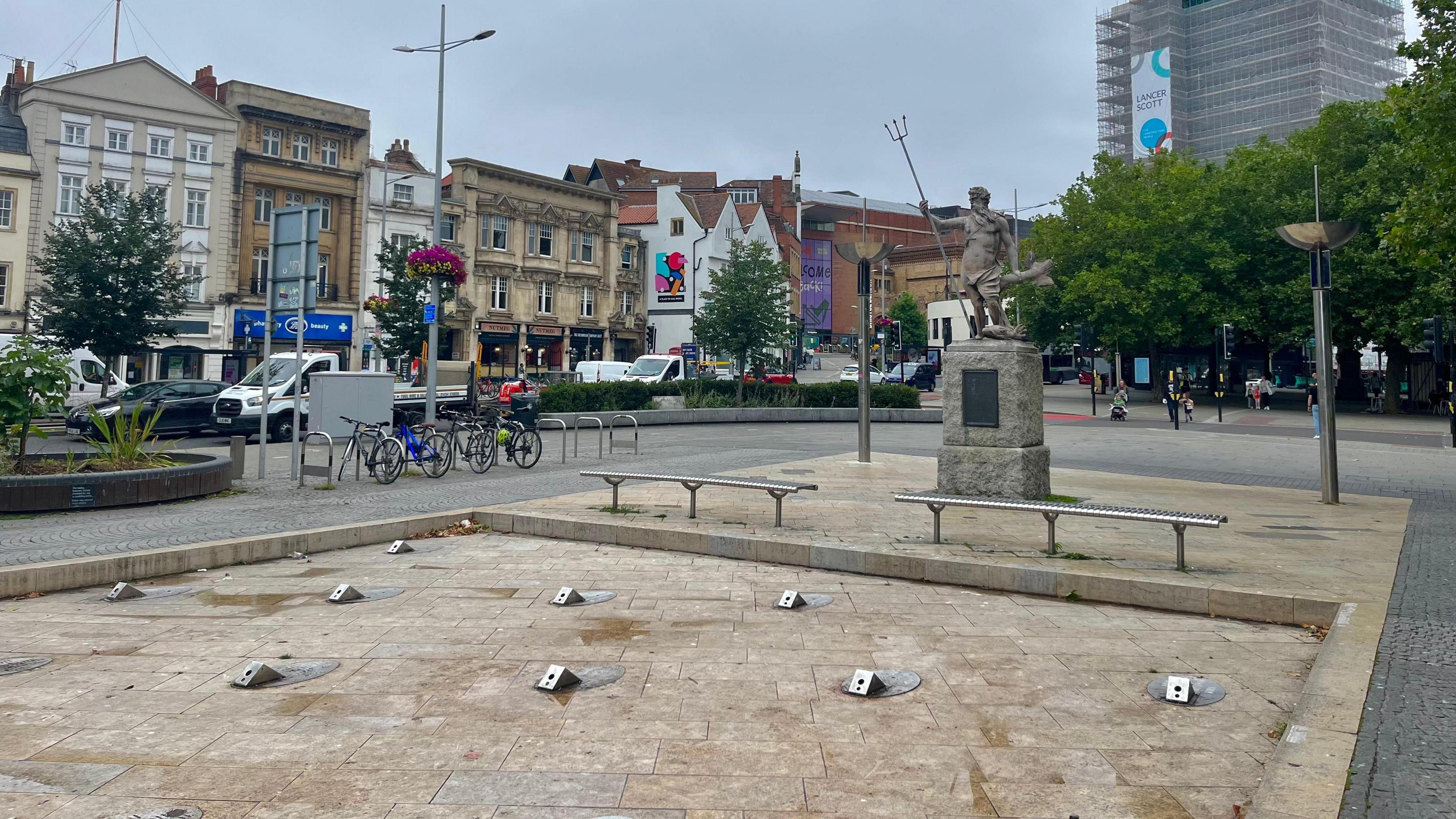Fountain centrepiece comes home after 61 years
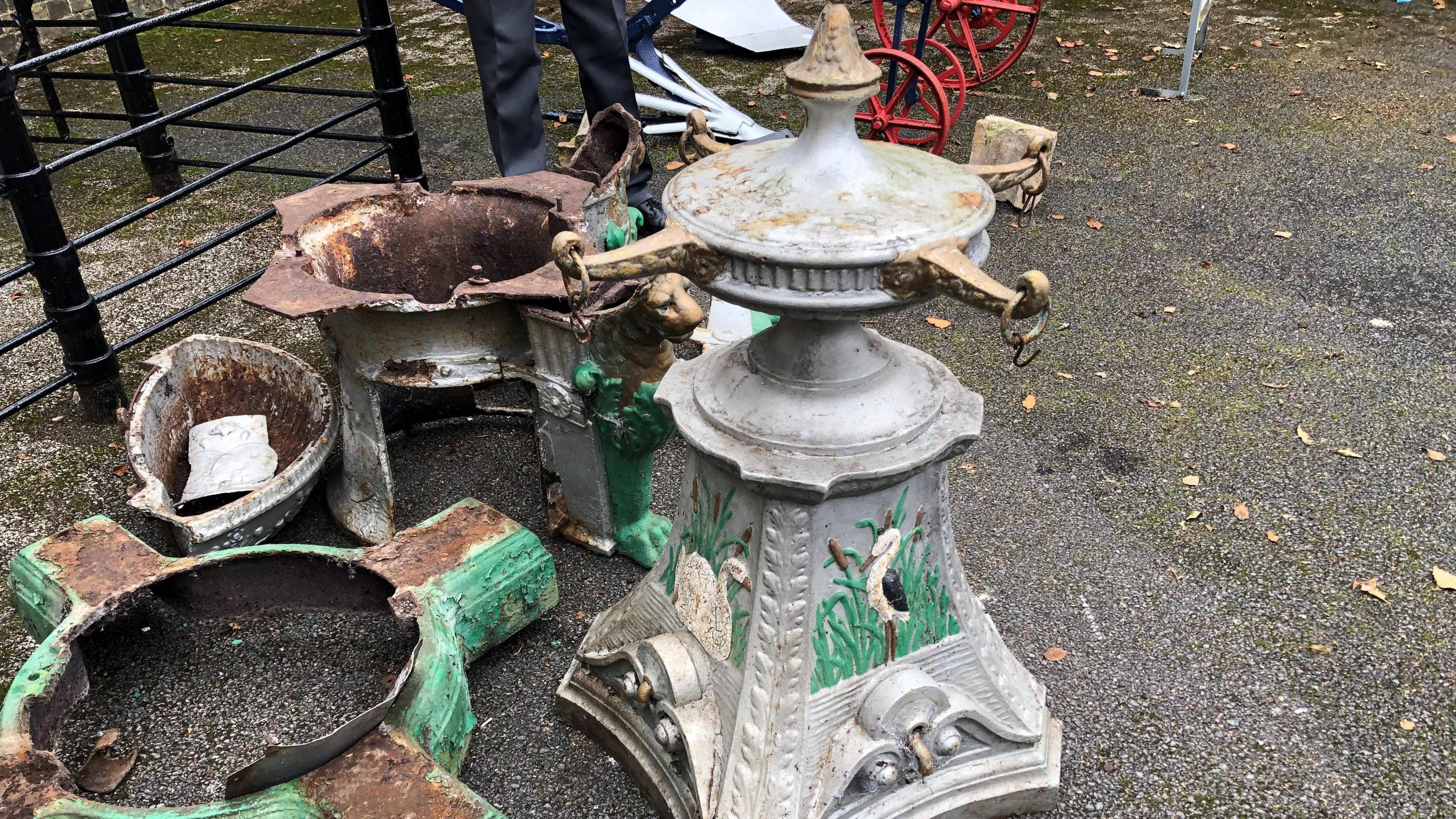
The metal drinking feature, with four chained cups, was removed from the Coronation Fountain and sold in 1963
- Published
The centrepiece of an historic fountain has returned to a town centre after it was removed 61 years ago.
The domed Coronation Fountain on Broad Street in March, Cambridgeshire, was officially opened in January 1912 to commemorate the coronation of King George V.
When it was first installed, it had a 2m (6ft) drinking feature, complete with four chained cups. This section was removed and sold in 1963. The family who bought it has now loaned it to a local museum.
The loan coincides with the main part of the 8m (25ft) high fountain, which no longer includes a water feature, being recently restored and reinstalled after a 15-month absence.
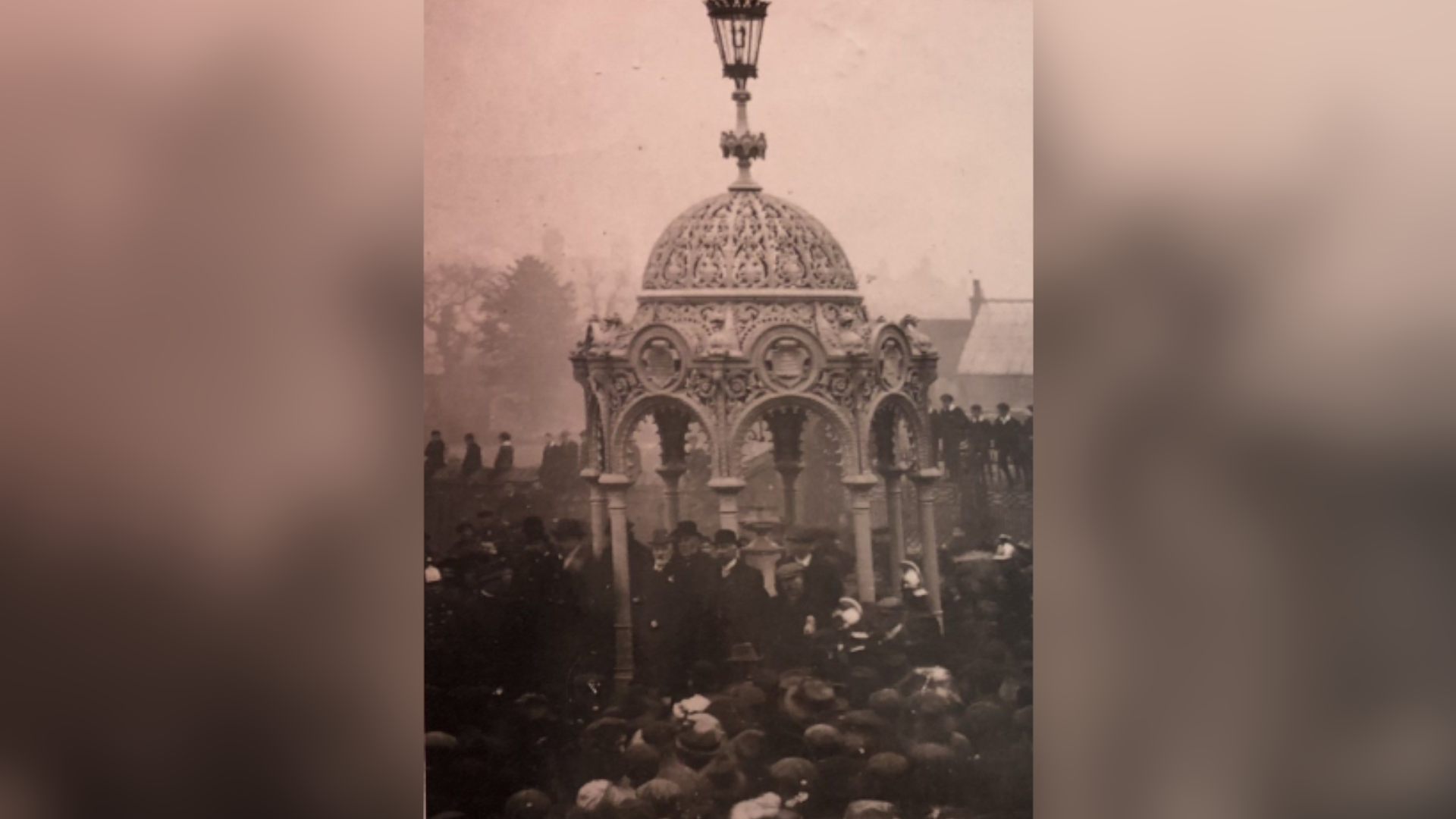
Crowds flock to see the official opening of the Coronation Fountain in 1912
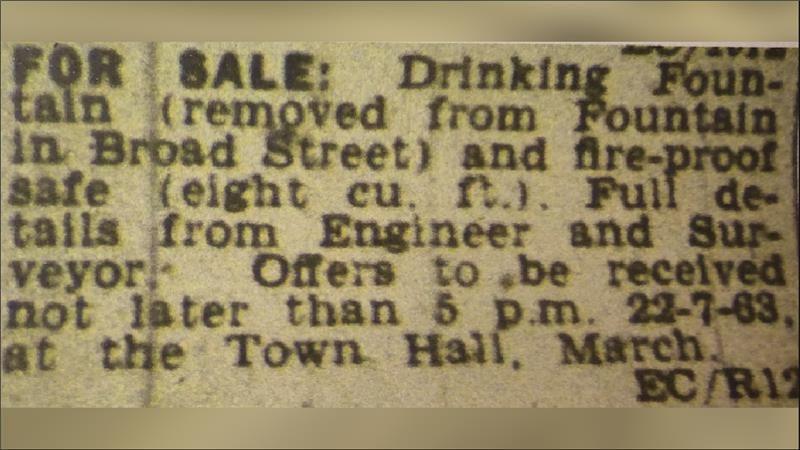
A cutting from a 1963 edition of the Cambridgeshire Times (now Cambs Times) newspaper advertising the sale of the water feature
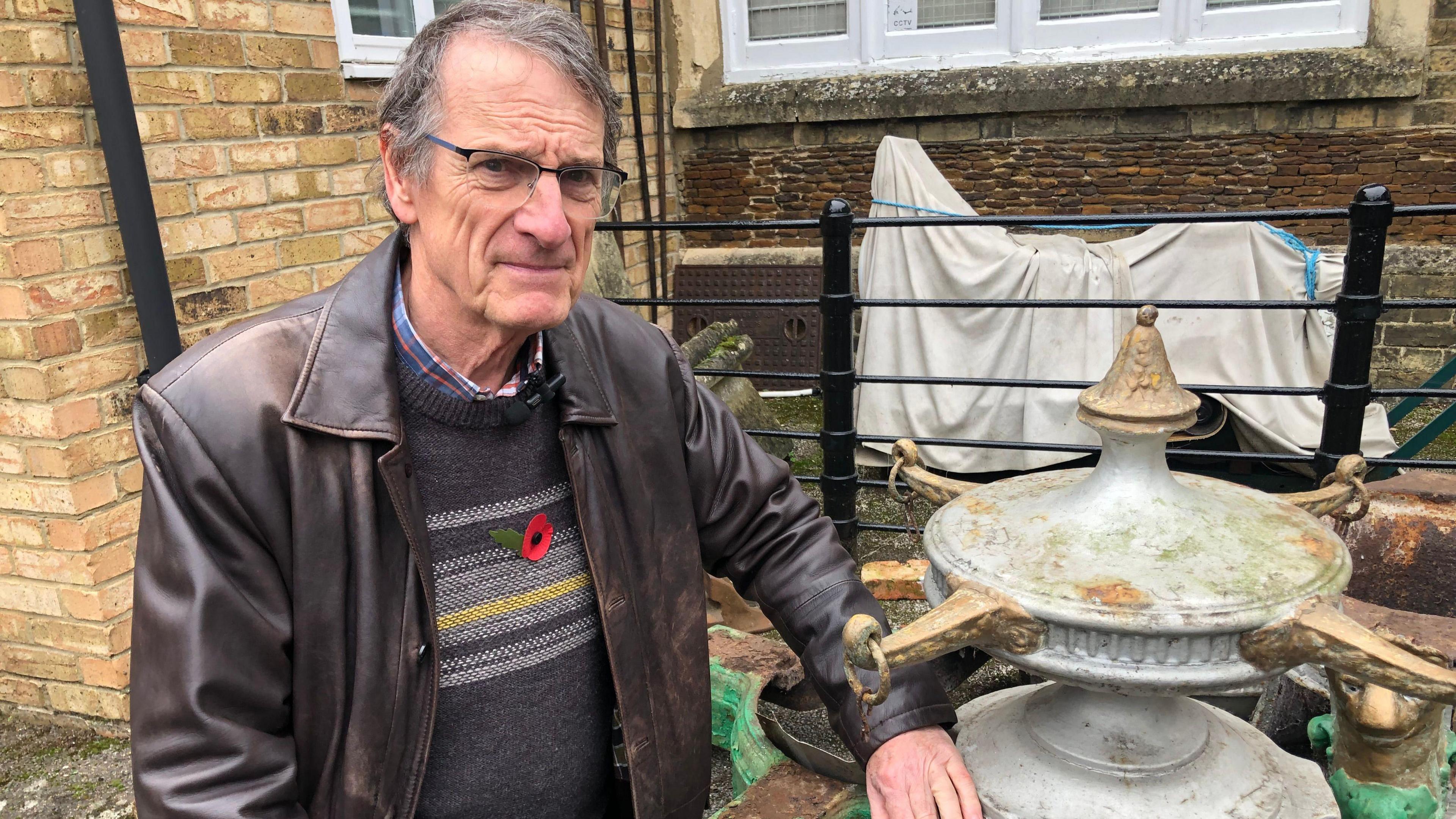
Gordon Thorpe says the restored water drinking feature will be displayed in the courtyard
Gordon Thorpe, 72, chairman of the March and District Museum, external, explained the drinking feature was sold off by the then council for £5 in 1963, due to it causing an obstruction for drivers at the Broad Street junction.
"From then until around 2012, it appeared in a garden in nearby Wimblington before going into storage in Manea," he said.
"We think it is an iconic structure; it has been offered to us on loan, and with its history and heritage, we accepted it."
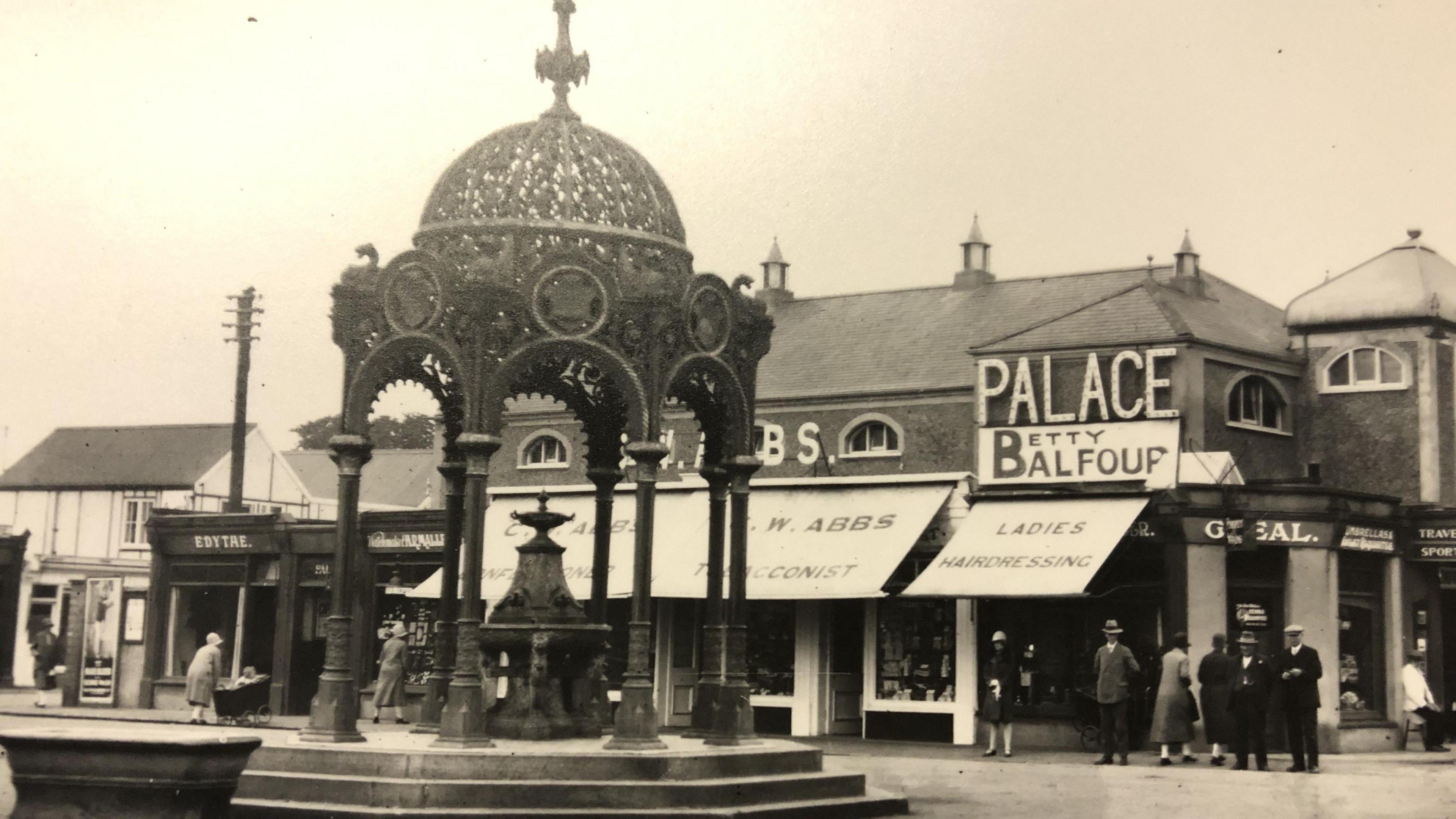
The museum says the Coronation Fountain, seen here in 1929, is an "iconic piece of history for the town"
Mr Thorpe said many locals would like to see the drinking feature reunited with the main part of the Coronation Fountain, which now sits in a new location. It is close to its original position in the middle of the road, but now in a wide pedestrianised area, which would not impinge on motorists vision.
He added: "A family will from the current owners has a clause in it stating that the feature should never be returned to the council, as they sold it off in the first place. It was, in effect, rescued by the family."
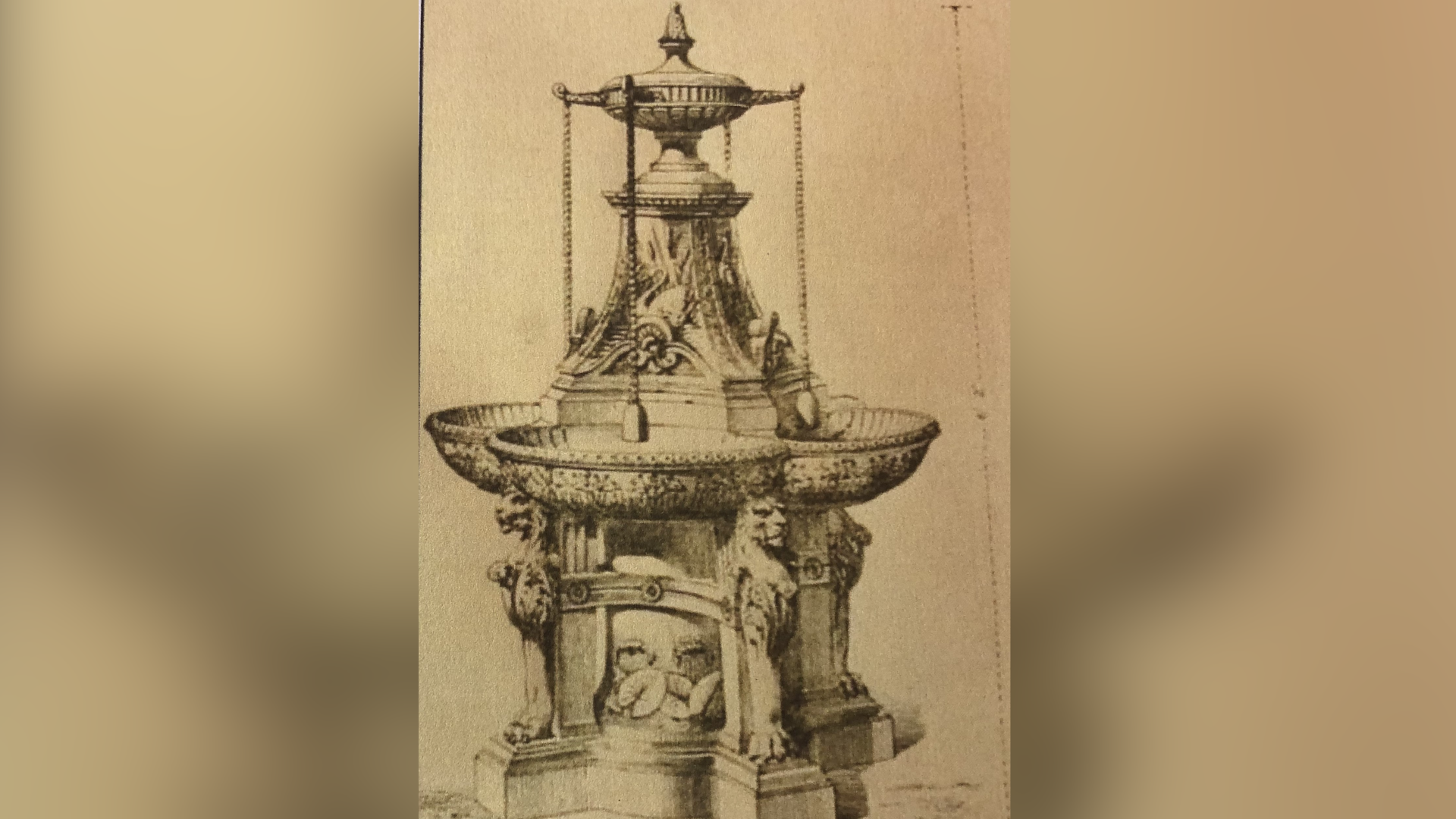
An illustration of the drinking feature centrepiece of the Coronation Fountain. Four cups hang on chains to collect water from spouts set into the plinth
Mr Thorpe said that the museum had records and newspaper reports from the time the drinking feature was sold that claimed people on the whole were "pleased to see it go".
"It is an extremely heavy cast iron piece made up of three sections, and it will need some restoration," he said.
"We won't be able to house it inside the museum; the floor wouldn't take it, so it will be displayed in due course in an outdoor space at the back of the building, but I think it will cause some interest because it is an iconic local item," he said.
Get in touch
Do you have a story suggestion for Cambridgeshire?
Follow Cambridgeshire news on BBC Sounds, Facebook, external, Instagram, external and X, external.
Related topics
Related stories
- Published7 November 2024
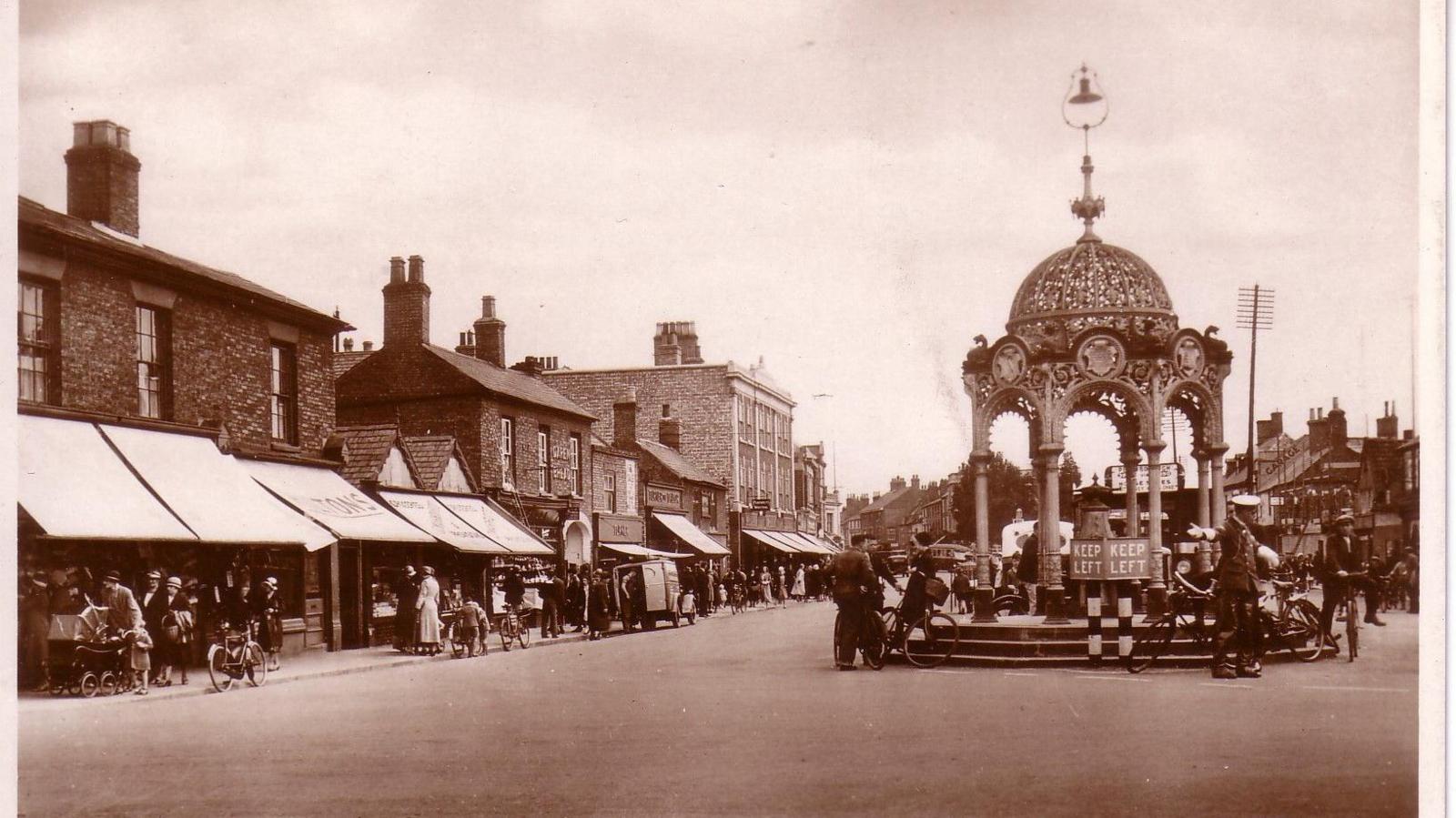
- Published1 September 2024
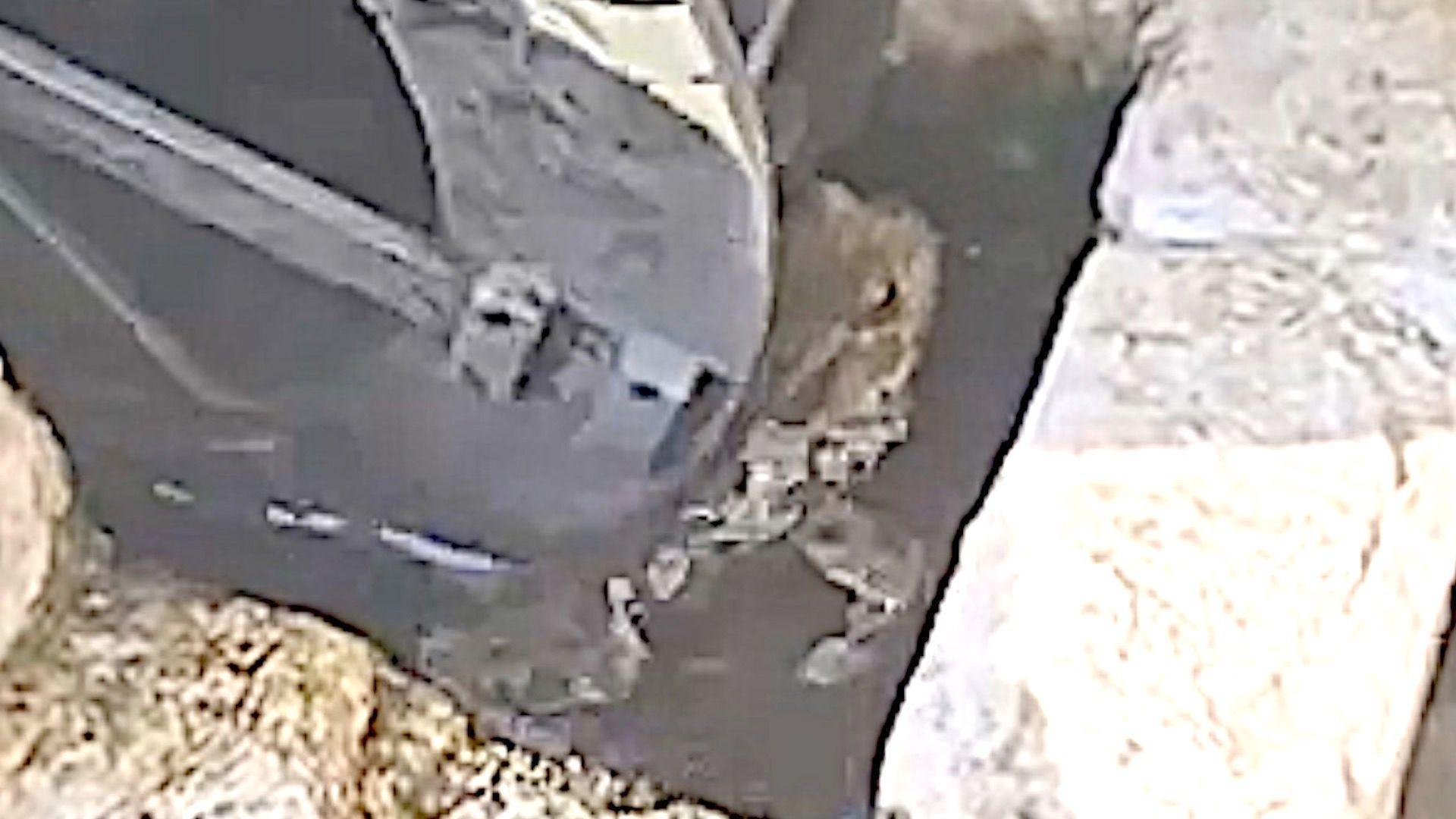
- Published3 September 2024
